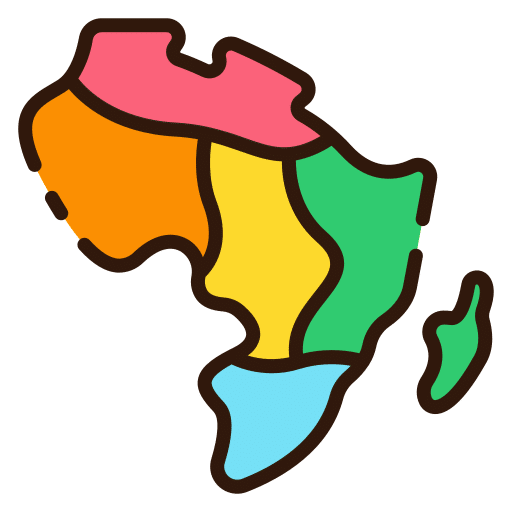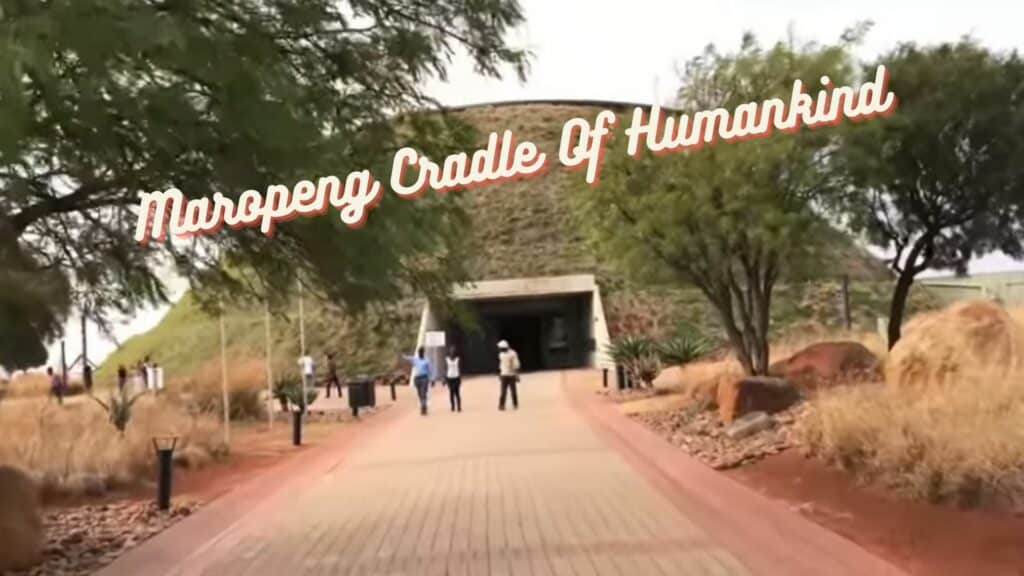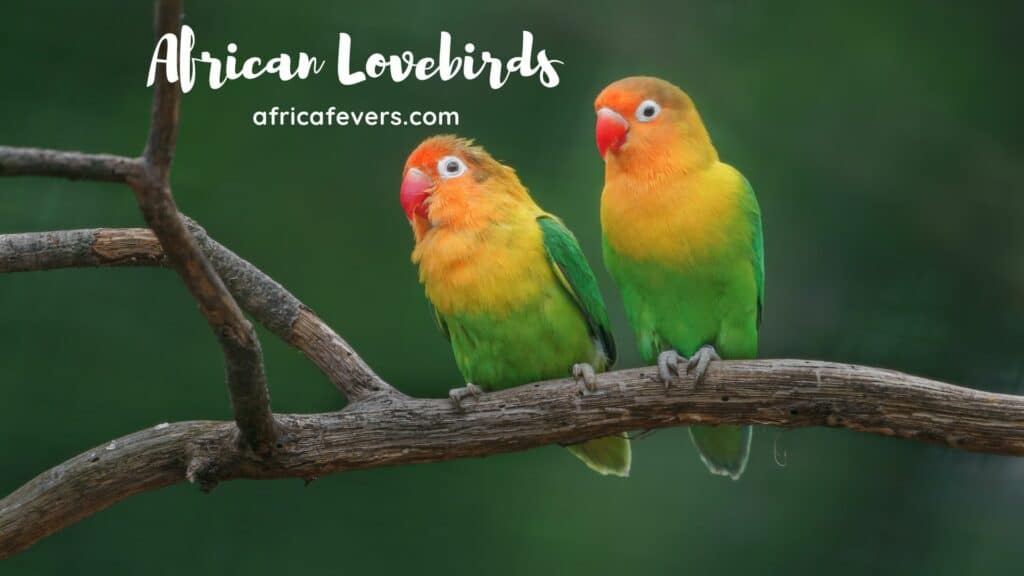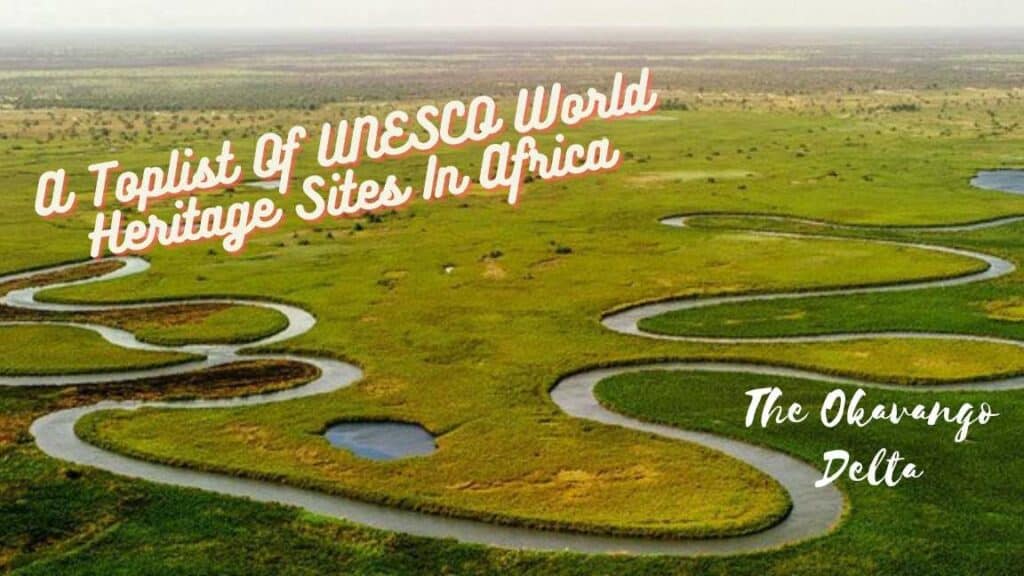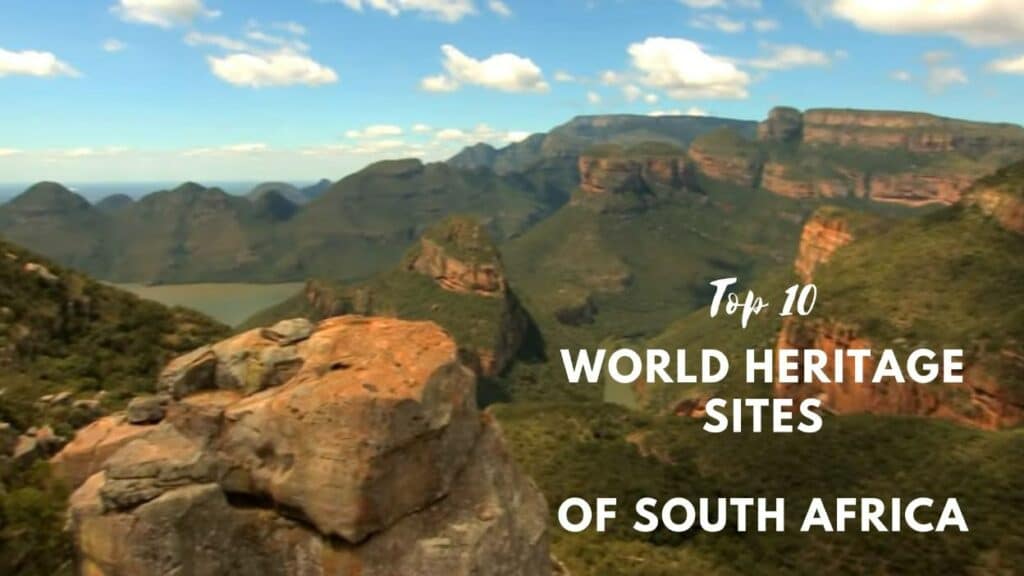I’ll be honest: when I booked my trip to Ethiopia in September, New Year’s wasn’t on my mind at all. Who celebrates the New Year in the middle of September, right? Turns out… Ethiopians do. And not only that, when I clinked a glass of honey wine to welcome the new year, it wasn’t 2025 anymore. It was 2018.
I had stumbled right into Enkutatash, the Ethiopian New Year, and nothing prepared me for how lively, colorful, and heartwarming the celebrations would be.
Flowers, Fire, and a Different Calendar
The first surprise? Ethiopia runs on its own calendar, about seven to eight years behind ours. So while I was counting down to 2026 back home, Ethiopians were just stepping into 2018. Add to that an extra 13th month in their year, and you can imagine how confused I was trying to explain to locals what “September” meant to me.
And the timing! New Year falls on September 11 (or 12), right at the end of the rainy season. I arrived in Addis Ababa just as the skies cleared and the fields burst into golden blooms of Adey Abeba daisies. Imagine a whole country dressed up in yellow wildflowers.
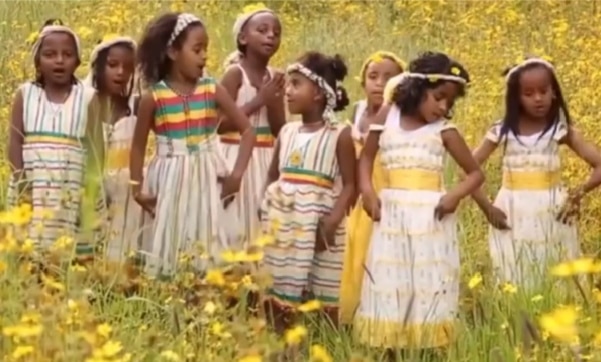
The night before, families lit bonfires of eucalyptus branches in front of their homes. Children danced around the flames, singing “Hoya Hoye,” a chant that echoed down the streets. I was pulled into the circle and before I knew it, I was jumping over the ashes three times, grinning like a local. I never thought I’d start a New Year by leaping over fire!
Waking Up to Singing Children
Early the next morning, just when I was reaching for coffee, I heard singing outside my guesthouse. A group of little girls, dressed in white cotton dresses with colorful embroidery, were standing at the gate with bunches of fresh daisies. They sang a cheerful tune called “Abebayehosh”, clapping in rhythm and giggling between verses.
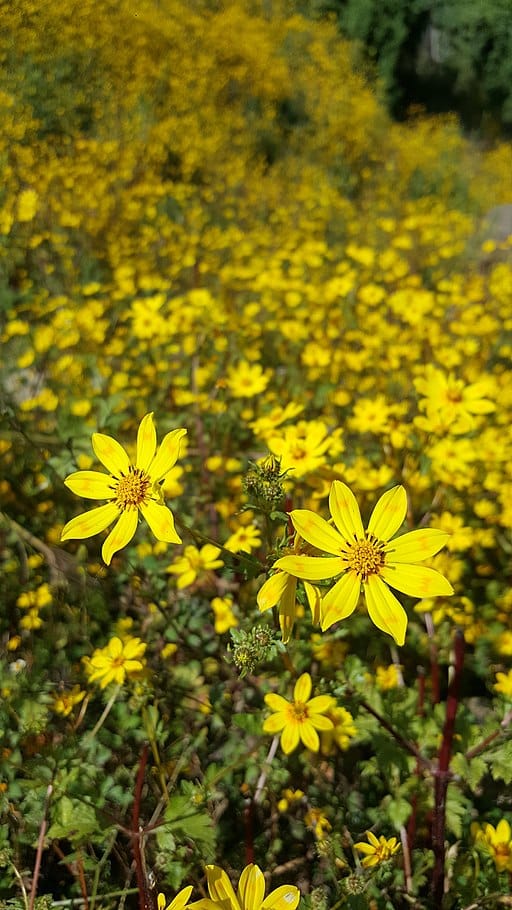
One girl shyly handed me a flower bouquet, and I learned that in return, it’s tradition to give them a small gift of money or bread. Their smiles were worth far more than the coins I could spare. A little later, I spotted boys walking around with hand-painted New Year cards, proudly offering them to families in exchange for treats. It felt like a mix between Christmas caroling and trick-or-treating — but with flowers, songs, and paintings instead of candy.
The Feast: Doro Wot, Injera, and Endless Coffee
By midday, the streets smelled like onions and spices, and I was lucky enough to be invited to a family’s New Year lunch. On the table was a giant platter of injera, the spongy sourdough flatbread, covered in a bubbling red stew called Doro Wot. It’s Ethiopia’s signature holiday dish, a chicken stew so rich and spicy that one spoonful felt like a celebration on its own.
And just when I thought the meal was over, out came the coffee ceremony. Green beans were roasted over charcoal right in front of me, the smoke filling the room with a nutty, irresistible aroma. The coffee was brewed in a clay jebena pot, poured into tiny cups, and served alongside bowls of popcorn. Yes, popcorn. I never imagined those two would go together, but it was perfect.
For a proper toast, the adults poured glasses of tej, a sweet honey wine, and raised them with a cheerful “Melkam Addis Amet!” — Happy New Year.
Dancing Shoulders and White Cotton
Everywhere I went that day, I saw people in their fresh white holiday clothes. Women glided by in Habesha kemis, long dresses edged with colorful embroidery, while men wore white tunics and shawls. Children twirled in their new outfits, clearly proud to look their best.
The dancing started in the afternoon and didn’t stop until late at night. Ethiopians have a dance style called eskista, which involves shaking shoulders in ways I didn’t know were possible. At first, I just clapped along, but it’s impossible to stand still for long.
Soon I was shoulder-popping (badly) alongside locals who laughed and encouraged me anyway. In Addis, I joined the crowds at the Sheger Parade, where floats rolled by and entire streets turned into open-air dance floors.
More Than Just a Party
What struck me most was how community-centered Enkutatash is. Families visited neighbors, invited in strangers like me, and made sure no one celebrated alone. Between the children’s flowers, the incense burning in homes, the generous plates of food, and the dancing in the streets, I felt folded into the celebration, not just watching it.
And behind all the joy, there’s history. The name Enkutatash means “gift of jewels”, tracing back to the Queen of Sheba’s return to Ethiopia, when her chiefs welcomed her with treasures. Thousands of years later, the tradition still sparkles — only now, the jewels are flowers, food, music, and shared moments.
A New Year I’ll Never Forget
I thought New Year meant cold nights, fireworks, and resolutions. Ethiopia showed me something different: bonfires, flowers, shoulder dances, and a brand-new calendar.
If you ever find yourself in Ethiopia in September, don’t be surprised if someone hands you a daisy and wishes you Enkuan Aderesachu! (May you see the new year). Just smile, join the dancing, and let yourself be swept into one of the most unexpected — and welcoming — New Year’s parties in the world!
Happy travels!
Kind regards,
Lizzy
I now have a YouTube channel as well!
YouTube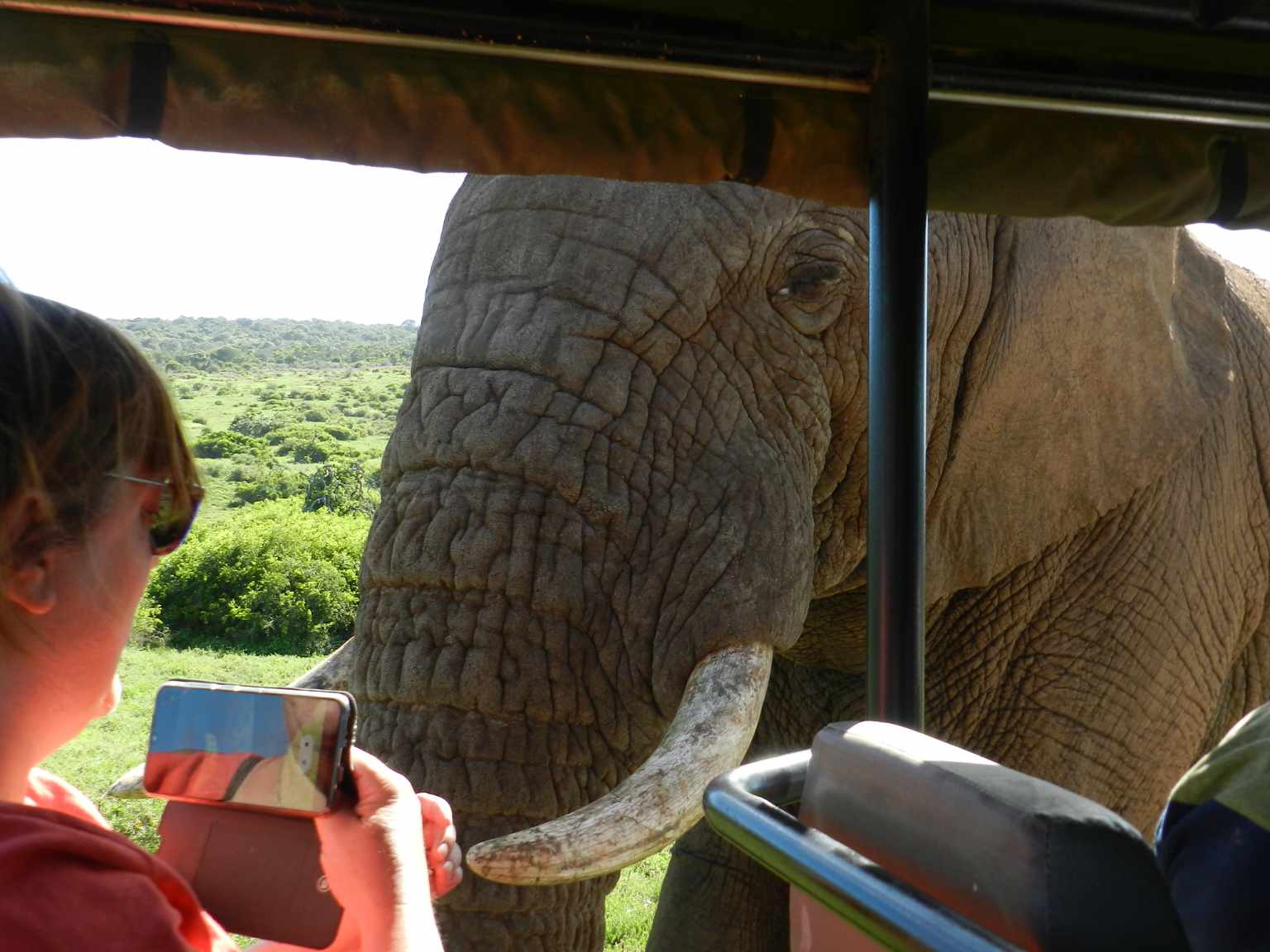
Hello Africa travellers!
Who am I? Well, the least you can say is that I am quite crazy about Africa, its nature, its climate, its culture, and more.
As a young woman in my twenties, I had already traveled to several African countries by traveling along in an overlander on my own and mostly camping ( or glamping ) and just fell in love with the diversity of it all.
So much, so that at the age of 26, I went back to university to study biology, which, unfortunately, I couldn’t finish because of health reasons (yes, I got sick from a tropical disease, oh cynicism). But this did not stop my dream of traveling back to Africa several times, and I still do.
My dream was back then to leave Europe and go study animal behavior, especially the elephants (sure, that’s every girl’s dream haha), but I am also very much intrigued by hyenas and other “ugly African animals“.
So, I “kind of” have a little bit of a scientific approach to my articles, when I write about African birds, for example. And most of all: the passion.
But life goes on, you move from one side of the country to the other, you get sick again and top it off with lower back problems, and before you know it, you are over 50 hahaha!
Now, I still travel to Africa, but take it a bit “easier” than the good old camping days, and stay in comfortable, yet affordable accommodations, together with my husband Wouter.
These are some of the countries I have traveled to: Kenya, Tanzania, Zanzibar, Malawi, Zambia, Zimbabwe, South Africa, Namibia, Botswana, Tunisia, and a little bit of Lesotho LOL .
While clearly not being African territory, but Spanish, I also visited Gran Canaria and Tenerife, and location-wise, I consider them “African”, because of their climate and nature, sue me :-p
The last trip I took was to South Africa in the year 2023, and it sure got the fevers for Africa back! From the Barberton mountains to the Drakensberg and the Southcoast, one month wasn’t enough at all to see the whole country, so we’ll be back! At ease and with a little bit more luxury than in my younger days haha!
I wish you happy travels!
Kind regards
Lizzy
